The success of Jordan Peele’s phenomenal GET OUT should be opening the doors for more African-American genre film makers. You would think that the Hollywood studio system would get the hint that horror fans are diverse, and want to see diversity on the screen and represented on screen, as well as behind the scenes.
Unfortunately, I don’t see this happening. Studio executives still see horror fans as being white males, and that is the audience that they pander to. I’m so sick of the same homogenized, white-bread bullshit that we have accepted for decades. Don’t forget, that you send a message with your money. When a horror movie has no social commentary, no subtext, no intelligence, and no representation, don’t spend your money to go see them.
I believe that representation is important, and throughout the years there have been some amazing Afro-centric horror films. Besides GET OUT, my favorites are CANDYMAN, THE PEOPLE UNDER THE STAIRS, and TALES FROM THE HOOD. Smart, subversive, and inclusive films like these should be encouraged. The under-representation of people of color in genre films had me wondering about other people’s favorite Afro-centric horror films are. I reached out to various creative professionals to find out what their favorite Black horror films are, and why.
NUZO ONOH (author, DEAD CORPSE)
LIVING IN BONDAGE is one of the veteran films of modern Nollywood. Its release was like a hurricane in every Nigerian home at the time, especially for the Igbo tribe, (my tribe, yaaah!!) who were the writer, director and cast of the film. It tapped into the superstitious beliefs of the people, highlighting the culture as well as the morality that drove the culture. It also tapped into the developing Pentecostal church mania of the people at the time, something that has now reached epidemic levels in Igboland, with churches in every street and corner. This film lacked the sophistication of modern high-tech films and the special effects were pretty basic and amateur but it was the storyline that made it such a blockbuster VHS release.
I remember a friend visiting family at the time from the USA and saw his mum with a group of women huddled together with their hands under their chins. They were all cursing someone called Andy, who had murdered his poor, trusting wife, Merit. The women were heaping invectives on the evil Andy and my friend asked who this man, Andy, was and if he was from their clan or another clan. You can imagine his shock when he realised that it was all about a film, that Andy and Merit were just characters in the new sensational film, LIVING IN BONDAGE!! That’s how powerful an impact that film had on Nigerians at the time.
The story line of LIVING IN BONDAGE has an evil husband, Andy, sacrificing his young and beautiful wife, Merit, to the satanic cult to gain wealth, her restless and vengeful ghost gives him no solace, till he ends up a homeless pauper, having lost all the wealth he gained from her ritual murder. In the end, Andy confesses all and finds redemption in the Pentecostal church!
I write African horror stories and can definitely say that the film embodies everything I write about; superstitions, occultic practices and witchdoctors, vengeful ghosts with unfinished business, Christianity V Traditional religion, betrayals and gruesome ritual deaths.
I’m sure there are now other African Horror films that rival and eclipse LIVING IN BONDAGE but for me, this is the ultimate chiller from the continent. 10-star rating!
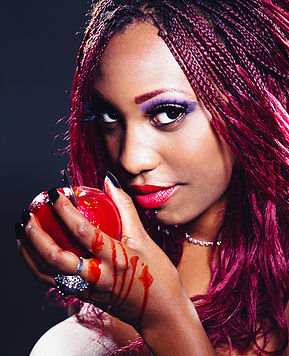
SOMICA SPRATLEY (make up artist, THE HOSPITAL)
My favorite afro-centric horror movie would have to be TALES FROM THE CRYPT: DEMON KNIGHT. Most “critics” do not care for it, while the fans of the TV anthology [TALES FROM THE CRYPT] appreciate it for what is it. A dark comedy with a little sex, gore, and some violence. That aside, it’s a better plot than it gets credit for, with a fine cast.
For starters, I enjoy this one so much because of my mother. She was (and still is) a horror junkie, from Alfred Hitchcock films to, obviously, TALES FROM THE CRYPT (HBO). I grew up watching things most parents would hesitate to show their children, so I attribute my love for terror to her. She encouraged my curiosity around film & makeup effects and has always been supportive in my creative pursuits. Love it or hate it, the demon prosthetics are pretty amazing (I wouldn’t fuck with those creatures!). And dare I say, there’s a little PUMPKINHEAD inspiration?
Another reason is this my favorite is because it features a black female role from black director Ernest Dickerson. Cameron Diaz was originally cast for the character Jeryline. Good call from Ernest — I couldn’t see Cameron (no offense) carrying that same resilience as Jada Pinkett Smith. From her sticky past to her not so bright foreseeable future, we see her play the hand she was dealt and do it with some integrity and wit. I have immense respect for artists, like Jada, who stay true to their values and who transforms the character into a cult icon (whether she realizes it or not) amongst black women.
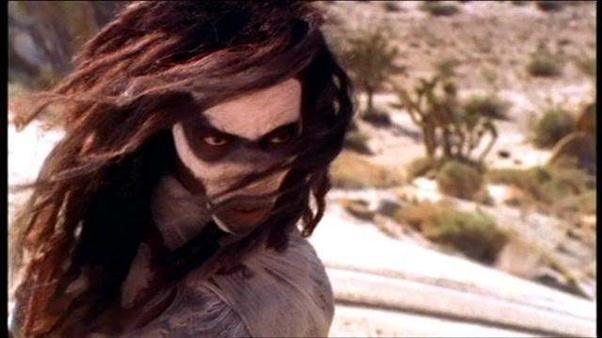
Between this, WHAT’S LOVE GOT TO DO WITH IT (’93), and BUFFY THE VAMPIRE SLAYER (the ’97 series… Remember Sineya?), this was my coming-of-age. Seeing females be exactly who they are AND be a badass at it, is just as influential today as it was then.

JT HABERSAAT (comedian, ALTERCATION PUNK COMEDY TOUR)
I mean, the go-to has got to be BLACULA, but if we are talking in broader terms…I’m not sure it qualifies completely as Afro-Centric, but THE SERPENT IN THE RAINBOW scared the ever-living shit out of me as a kid. That voodoo bad guy and his nut-destroying torture devices made me want to skip spring break getaways for a few years. Same thing with ANGEL HEART. The psycho-sexual voodoo undercurrents just really fucked me up. In terms of specific characters, black dudes in E.T. encounters tend to be the most level-headed and un-intentionally hilarious in their approach to impending death. Yaphet Kotto saying “WHY DON’T WE JUST FREEZE IT?” over and over in ALIEN is a prime example. Yeah, why didn’t they? And of course Keith David in THE THING is just so perfect. Also, not a lot of people know this, but Freddy Krueger was a black dude, so shout-out to Wes Craven for repping diversity. Argue all you want, I’m just saying’… one glove.

HARRISON SMITH (director, DEATH HOUSE)
The go to answer, I suspect, will be GET OUT , and while I enjoyed the film and got the messages, I wanted to go back further for my pick to Romero’s NIGHT OF THE LIVING DEAD. Special props to Romero for having the balls to cast an African-American lead among an all-white cast. This was a breakthrough in horror, as I believe Jones was the first African-American male to break the color barrier in horror this way.
In a combo, I would like to cite the 1990 remake. I won’t get into all of the social statements that both films made and the damning comments on consumer society of DAWN OF THE DEAD.
Instead, the 1990 remake of NIGHT OF THE LIVING DEAD introduced me to Tony Todd for the first time. His performance not only was the standout, he almost fused it perfectly with the original Duane Jones performance. In an odd way, it was like Jones stepped out of the black and white nightmare and into the 1990 version and expanded his presence. Todd brought genuine humanity to the role and its conclusion with the redneck Roman circuses tied it all up.
Like Dee Wallace in CUJO, I felt Todd was overlooked with what the raw power and sincerity brought to this horror film. Props to Tom Savini for not being ham-fisted in his direction and pushing the racial undertones. Instead he lets it all play out and unfold, pulling us slowly into the narrative. However it is Tony Todd as an actor, not just a labeled a “Black horror actor” that holds it all together.
I remember watching the film by myself in an 200 seat theater. I was a movie theater manager in a local cineplex and got to view movies personally on the big screen without a public audience. It was terrific and I remember leaving the theater saying to myself, “damn that guy was great.” Now here it is decades later and Tony stars in my film, DEATH HOUSE and opens the movie in its beginning. Amazing how things come full circle.
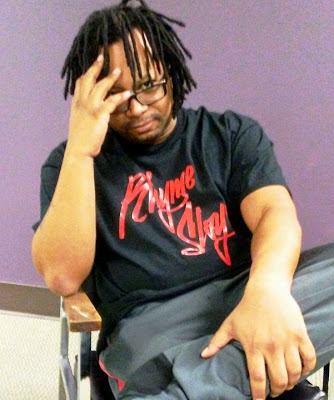
J. STARR (director, URBAN CANNIBAL MASSACRE)
I have a few black horror movies that I enjoy. Black horror is one of the reasons why I choose to make that genre my own. The movie that inspired me and scared the crap out of me..all at the same time was BLACULA.
It was the early 1980s when I first seen BLACULA. I was under the age of ten and it came on TV. I watched all that I could of the movie and was scared to death. At that time I had only seen pale white type vampires, nothing too scary. BLACULA featured a black vampire when totally vamped out, looked wicked as hell. Maybe is was the side burns..I don’t know. Whatever it was BLACULA left a lasting impression on me and gave me nightmares for years to come.
Two Indie produced black horror movies I also enjoy are DEAD HEIST and RHYME SLAYA. When I first seen DEAD HEIST, I really liked the idea behind the movie. Rob a bank and instead of fighting police, the bank robbers had to fight off ghouls..perfect mix. The movie had a few old school rappers playing various roles and that was a nice touch. I saw it as mixing horror and hip hop. By doing that the movie was introducing horror to the hip hop crowd creating more horror fans in the process.
Another movie that infuses hip hop and horror is RHYME SLAYA. RHYME SLAYA is a throwback to old school slasher flicks and 1990’s hip hop. The movie does a great job of exploring hip hop while keeping the horror movie elements. If you haven’t seen BLACULA, DEAD HEIST, or RHYME SLAYA check them out in your spare time.

ZANDASHÉ BROWN (director, BLOOD RUNS DOWN)
My favorite horror films based around black characters are complicated. A film I’ve watched over and over again is Iain Softley’s THE SKELETON KEY. It has almost all the components of my favorite type of story — a ghost tale that’s really an unresolved tragedy with supernatural elements. Most of all, it was a Louisiana film and they did such a great job at highlighting all the beauties of my home state. Even more, the way Voodoo, a religion of the African diaspora is portrayed.
Movies that center around Voodoo tend to have a common trend. Many tend to brand the religion as evil is because it’s seen as something that gives Black people power. And the next idea is that if a Black person is given some sort of magical power, they’ll surely take revenge on a white person. THE SKELETON KEY doesn’t stray away from that idea either. That’s one of the ways in which the film gets complicated. Spoilers here. If you’ve seen the movie, you know that the Black practitioners — Mama Cecile and Papa Justify — had been switching bodies with white housekeepers over the years to remain young. While this idea of Black people inheriting white bodies is grounds for some really great discussion, it’s also an interesting way of erasing Black characters (and actors) from a story. I’m still not sure where I stand on that.
Though I may question its intentionality, I appreciate THE SKELETON KEY for giving me a nice and cosey Louisiana ghost story to enjoy from the comfort of my grandma’s home in the country. And villains or not, a part of me celebrated Mama Cecile’s and Papa Justify’s victory.
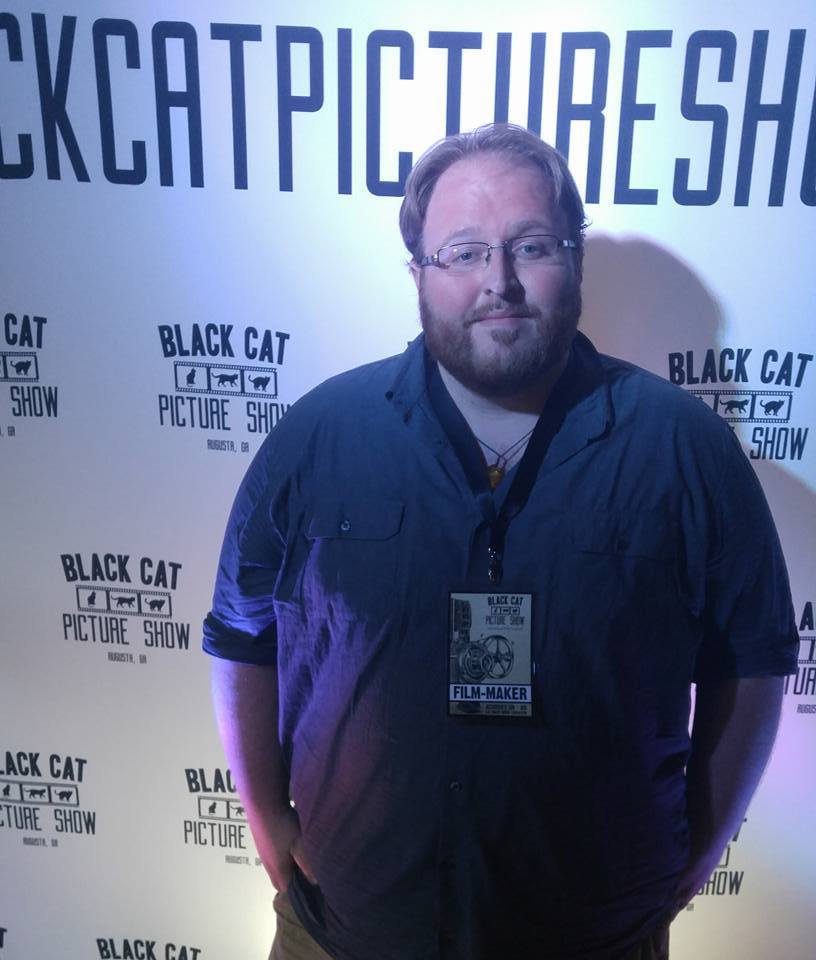
RICHARD TANNER (director, ROOM FOR RENT)
I grew up on the southside of Atlanta in the early ’90s. While most 90s kids remember Disney, I have a stronger memory of BEBE’S KIDS and FRIDAY. As I fell into the rabbit hole of horror, I never forgot where I came from and the movies that actually spoke to me. I wasn’t going to be in the woods running from a dude with a hockey mask! We didn’t have woods and it was too hot to even figure out what hockey was.
Instead, we watched CANDYMAN and TALES FROM THE HOOD. Hell… It become our pilgrimage to see any horror film with the word “Hood” in the title. LEPRECHAUN IN DA HOOD. SNOOP DOGG’S HOOD OF HORROR… There were plenty.
We loved horror comedy, and this was gold. But it didn’t stop there. We also found classics like GANJA + HESS and BLACULA. Movies that I found so inspiring that it actually led me into filmmaking myself. It’s no coincidence that my biggest film to date is called FRANKENTHUG.
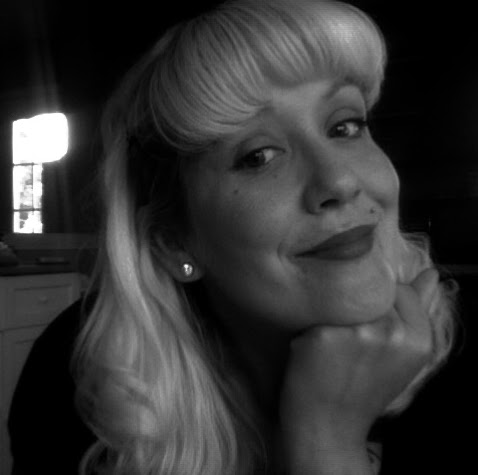
DAYNA NOFFKE (director, TEASER)
First off, I’m so honored to be asked to be a part of this article. I love that people are taking time to get outside of their boxes and talk about and support lots of different kinds of horror. One of the things that I love about this genre to begin with is that it is — overall — more inclusive and diverse than other types of film and that it often dives headlong into subversive content and social commentary.
At the top of my list I would have to put one very recent (as in we’re all talking about it) and one fairly recent film. GET OUT has recently usurped all of my other favorite Afrocentric/ POC – led horror films. I hope everyone has seen it by now but if you haven’t, why oh why not? It is so pitch perfect and clever in its execution; it manages to be funny, horrifying, thought-provoking, timely and suspenseful all at once. I can’t get over how good it is and my hat is off Jordan Peele and to all of the cast and crew.
CANDYMAN is my second pick for many of the reasons above. And that Tony Todd. You want to talk about presence? Wow. This one actually scared me the first time I saw it in the theater and that’s saying a lot.
I’d also like to mention a film that I consider to be an underrated little gem — 1974’s SUGAR HILL. It’s actually in my top few favorite zombie films of all time. I wonder if it just got lost in the glut of blaxploitation films from that era? I love this film and re-visit it fairly frequently. It’s got an excellent mix of dark comedy and action, with some really gorgeous and fun performances. This is my favorite kind of zombie — a bit of voodoo throwback.
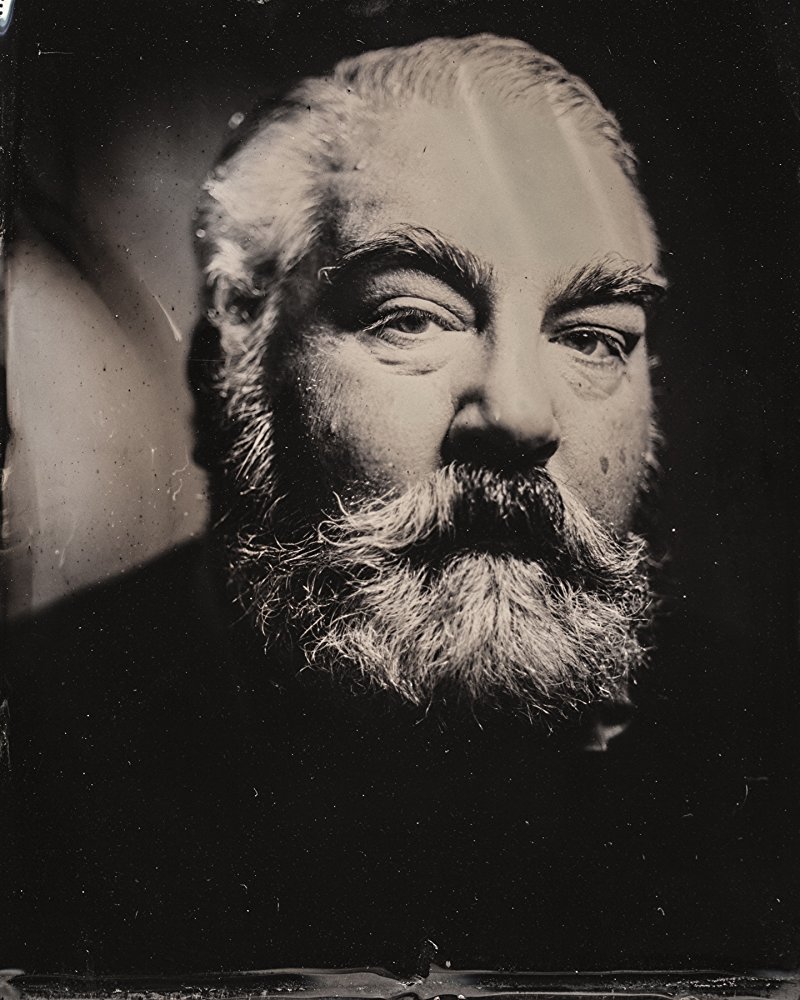
THEODORE BOULOUKOS (actor, BAG BOY LOVER BOY)
Blaxploitation horror isn’t the trove one accords the best of its successful progenitor genre; wherein the latter offerings amount to a dozen or so lamentable projects, some of which simply slapped on a black protagonist to the DRACULA and FRANKENSTEIN tropes; or, in the case of so-bad-its-fab ABBY, rode the wave of satanic possession following THE EXORCIST, this one even garnering distributor American International Pictures a lawsuit from Warner Bros., who contended that ABBY was a direct derivative of its hottest property. But the Yoruba religion, not Roman-Catholicism, distinguishes ABBY, whose also not a teen, but a married young woman (played by Carol Speed), who masturbates in the shower when the evil spirit descends to move her. There are no Tubular Bells in these opening credits either; more a swinging soulful disco prescience akin to the theme of the contemporaneous one-season blaxploitation detective series, GET CHRISTIE LOVE. Juanita Moore, famous from Douglas Sirk’s classic melodrama, IMITATION OF LIFE, plays Abby’s mother, and William Marshall, fresh from the BLACULA franchise, is the archaeologist on a dig in Nigeria who discovers a puzzle box that unleashes the spirit Eshu and the shit hits the fan from there. Except we never figure out why Eshu decides to travel all the way to Louisville, Kentucky, to inhabit the archaeologist’s daughter-in-law. Doesn’t seem to matter as everyone in this picture is either in a state of shock, or having a good laugh. You’ll probably experience both if you withstand this relic on YouTube.
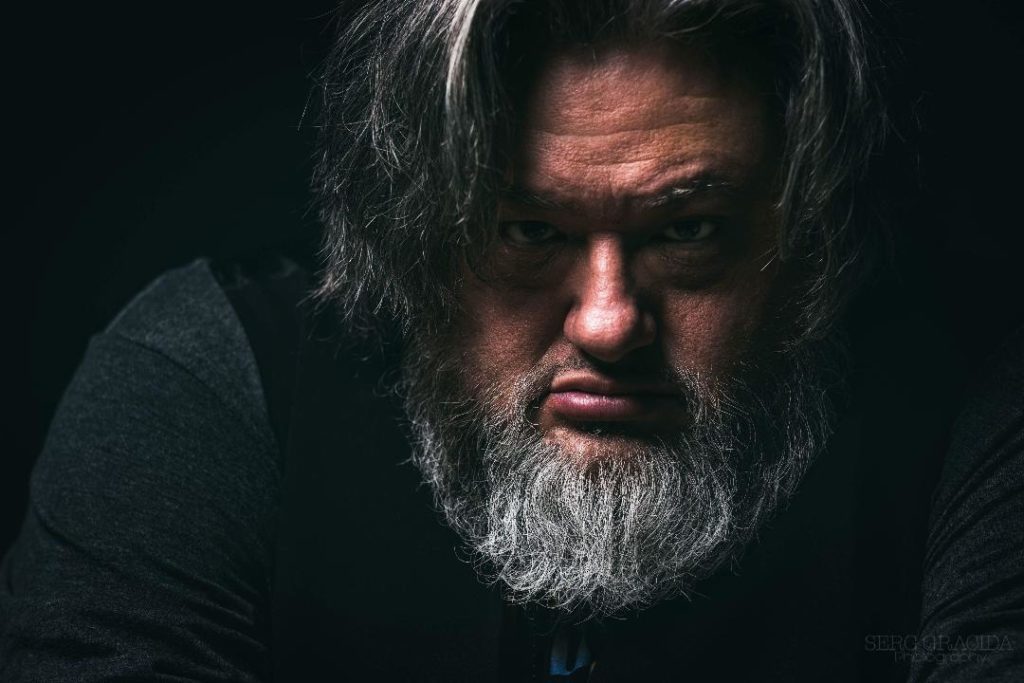
BILLY “BLOODY BILL” PON (director, CIRCUS OF THE DEAD)
Faced with this assignment it brought to light that there aren’t a whole lot Afro-centric Horror Movies. I’ve seen a big movement and progress made for women in Indie Horror Film the past couple of years and can count on two hands how many friends/bad ass female directors I know personally. As far as African-American indie filmmakers, I know two, and those two aren’t into the horror genre. Maybe with the popularity of GET OUT that there will be some soon to be filmmakers getting into horror. This article on this website should motivate hopefully as well that there’s a need for black horror filmmakers to make films and tell their stories. I’ll give the late/great George Romero more props for casting black actor Duane Jones in the starring role, and in the 60’s on top of that. A role in which Mr. Jones owned that role times ten! I’d also like to shout out to one of my favorite horror living legends Tony Todd, the CANDYMAN himself. He’s been in killing it in horror movies my whole life! Secondly is Ken Foree, who is my favorite character in one of my favorite films ever. Mr. Foree has serious acting chops and I’d kill to work with him or Tony Todd someday for one of my films!
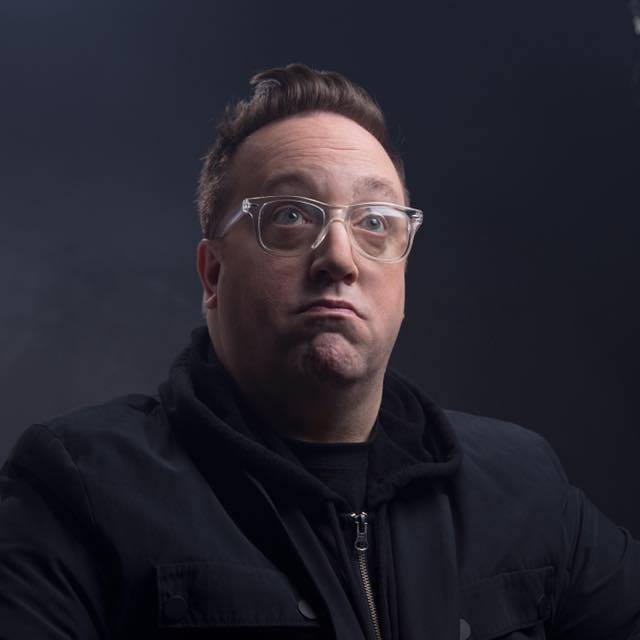
DEREK SHEEN (comedian, STAND UP! RECORDS)
I think it’s time to take a good, long look back at Wes Craven’s highly underrated THE PEOPLE UNDER THE STAIRS, which is (especially now) incredibly relevant considering our evolution on the social-economic realities of being brown in America.
Originally conceived as a dark satire on the after effects of Ronald Reagan’s “Trickle Down” economics and the devastating impact on inner city neighborhoods. Viewing it now, this film has a farther reaching message of the power of white privilege, white supremacy and how the one thing that seems to bring us all together is our poverty. Also, I always thought it was kinda neat and subversive to have strong black characters rescuing a basement full of mostly white slaves.
Given more time, I could definitely dig deeper into this movie, but just go watch it and enjoy the shot out of it!
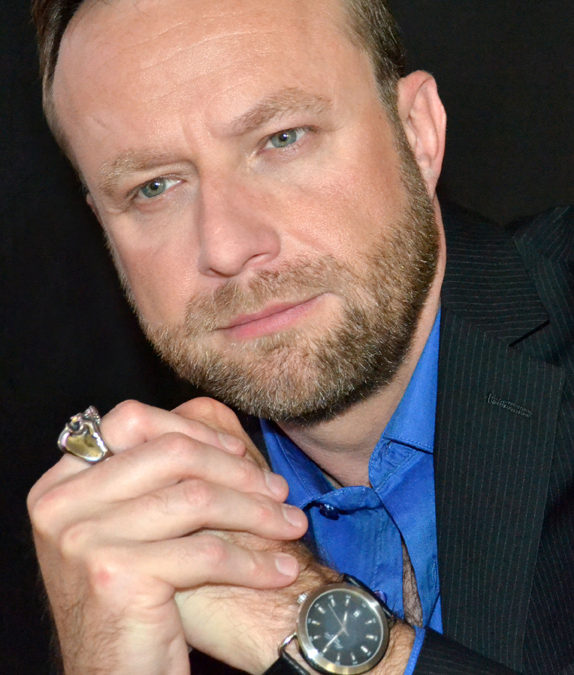
JOHN BOROWSKI (filmmaker, SERIAL KILLER CULTURE)
CANDYMAN. I must sadly admit that not many Afro-centric horror movies came to mind when I was asked to write this. Many horror films have catered to the old adage of “the black actor is the first to die.” Of course, GET OUT is the first film which came to mind in writing this piece. But once I thought further about it, CANDYMAN is a classic in many ways. The subject of the film, villian CANDYMAN himself, is a frightening figure of an urban legend captured on film. The setting in Chicago at the Cabrini Green public housing projects creates an eerie location for the movie. Philip Glass’ score is mesmerizing. Overall, the movie is a classic!

ANTHONY BROWNLEE (producer, FREDHEADS: THE DOCUMENTARY)
There’s a lot of horror films out there and I love the bulk of them, as a horror fan I just gravitate that way. One thing I do see missing, a lot, are African-American leads; usually in genre films, they are comic relief and die fairly early within the story.
In 1991, Wes Craven wrote and directed a film called THE PEOPLE UNDER THE STAIRS; I’ve enjoyed that film since I was a kid and loved that there were characters I could personally identify with. The young lead, Fool, played by Brandon Adams, had a lot of appeal to me; he was tough, he was smart and had all the makings of hero in a genre geared towards heroines. The film itself was unique; taking place in the ghetto instead of a suburb and the story was innovative, capturing the essence of what it is to be downtrodden, captive, struggling for survival from day to day life and from murderous family. This film has a lot of qualities I love; although it had many humorous spots, it had personality and felt a bit like a parable and so I hold the film up to high esteem.
This is just one film, other films I could talk about would be BLACULAfrom the blaxploitation era as well as CANDYMAN. The films have a very unique take on what it is to be a villain and a hero/heroine. The antagonist were created because of racism; Mamuwalde (Blacula) murdered by a white Dracula; and Daniel Robitaille (Candyman) slayed by a vengeful mob for sleeping with a white woman. They were good men whose physical lives ended because of hate, that in turn, birthed their evil, supernatural lives, in a strange ironic twist.
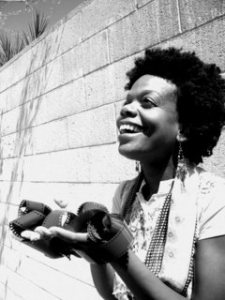
RAE SHAW (director, LITTLE RED’S PIE)
CANDYMAN is based around the very real Cabrini Green housing projects in Chicago that were built in the 90’s and eventually demolished in the later 2000’s. There were several monstrous housing projects in Chicago during that time, and I worked in the Robert Taylor Homes housing project, also known as the Hole, as a young student in a program study for child development. I had my own fears about visiting this desolate urine-stenched place with my white and female professor. At the same time I was also reading the book, THERE ARE NO CHILDREN HERE, about black children living in a similarly devastating Chicago project. Add to that, that over the ensuing years I would learn the insidious history of building the Robert Taylor Homes next to the Dan Ryan Expressway to create an actual physical demarcation line—in fact a topographical prison— to isolate that community from the rest of Chicago.
So when I rewatched CANDYMAN recently I remembered how using this backdrop for the movie (originally set in the UK and based on a Clive Barker short story) acts as a multilayered metaphor of black and white relations during that period by presenting the stereotypical white hero with a savior complex for the poor black community. The main character Helen comes into the homes oblivious, privileged and ignorant of community traditions and gang laws that exist and seeks to manipulate the residents for the purposes of her own study. But she quickly learns a disastrous lesson mired around re-appropriation and gentrification. It’s a really interesting twist on the old tropes of horror but all steeped in racial and societal urban horrors. The lack of respect she has for the culture comes back to haunt her and eventually consumes her.
Lastly, the Tony Todd scenes with the bees. What I wouldn’t give to be in the room to witness how that all went down on set. There is also an amazing black cast that includes a very early Kasi Lemmons and Vanessa Williams.
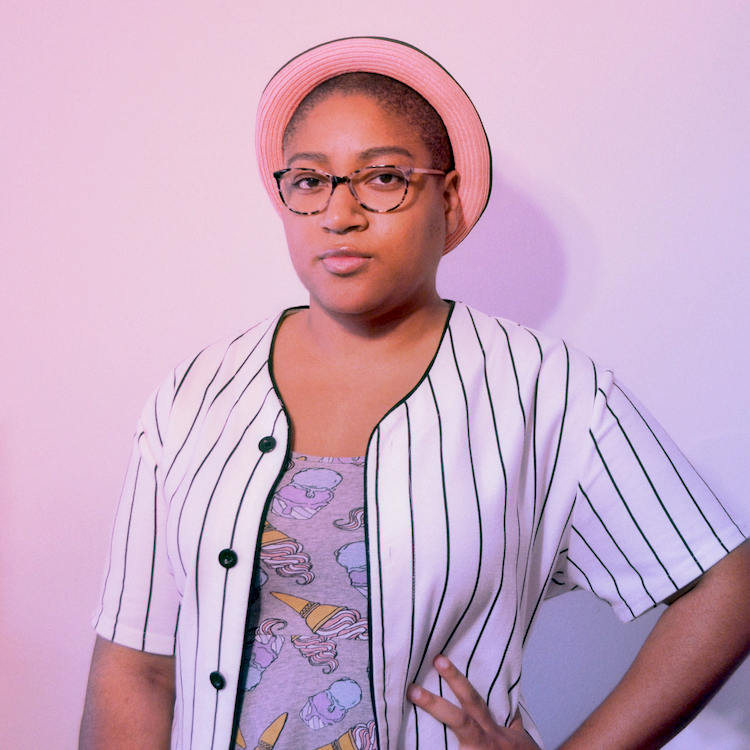
KAYCIE DANIEL (writer/illustrator, ELLO MIDNIGHT…)
Much like NIGHT OF THE LIVING DEAD, I’ve been inspired and fell in love with the Afro-centric horror short film DANGER WORD, directed by Luchina Fisher and written by Steven Barnes and Tananarive Due. Not only does the film give a fresh surprise on the classic zombie monster, but most importantly DANGER WORD provides a new perspective on black characters in the horror genre.
It’s almost as if horror films have unintentionally created another monster that needs to be defeated–the ever present black character arc canon. Generally, an audience is presented with a black character hovering around their mid-twenties to thirties, unaccompanied, superhuman, and impermeable to emotion unless it’s time for a romantic relationship–If you’re lucky to be a female. DANGER WORD breaks through that concrete character mold. It features and successfully delivers on an intimate familial relationship between a fragile teen girl and her aging grandfather, realistically depicting the physical and emotional vulnerabilities existing amongst the two during such a catastrophic event. Sure, Grandpa Jo’s body is working against him, but he won’t give up teaching Kendra how to survive and how to hold on to life’s precious moments to simply live.
Even though it was a low-budget film, the cinematography captures beautiful close-ups, and establishing shots of the untouched forest. Not to forget, the music is surprisingly delightful. It’s reminiscent of the eerie ‘eighties soundtrack from George Romero’s zombie films.
As a creative, what I love most about DANGER WORD is how it challenges entertainment and social norms of an African American persona and family.
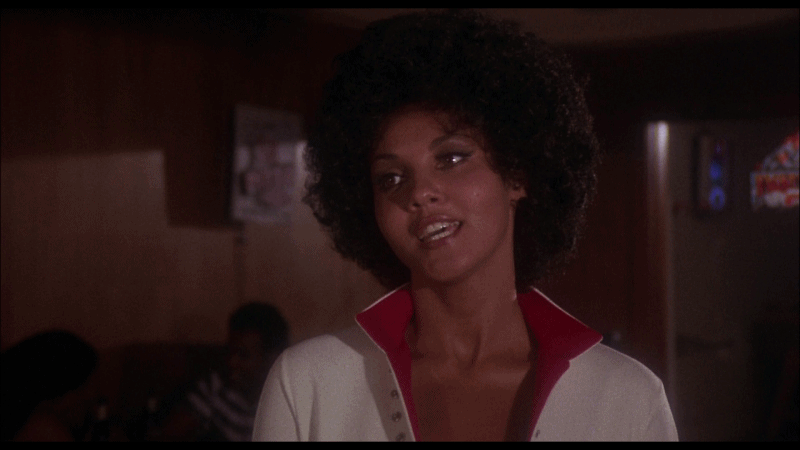
Thanks very much to all of our distinguished participants!
Tags: Anthony Brownlee, Billy Pon, Black History Month, Carol Speed, Charlie Robinson, Daniel Kaluuya, Dayna Noffke, Derek Sheen, Don Pedro Colley, Duane Jones, Ernest Dickerson, February, George A. Romero, Harrison Smith, Horror, ice-t, Interviews, J. Starr, Jada Pinkett Smith, John Borowski, Jordan Peele, JT Habersaat, Juanita Moore, Kasi Lemmons, Kaycie Daniel, Keith David, Ken Foree, Luchina Fisher, Marki Bey, Nuzo Onoh, Rae Shaw, Richard Tanner, Somica Spratley, Steven Barnes, Tananarive Due, Theodore Bouloukos, Tony Todd, Vanessa Williams, Wes Craven, William Marshall, Yaphet Kotto, Zandashé Brown

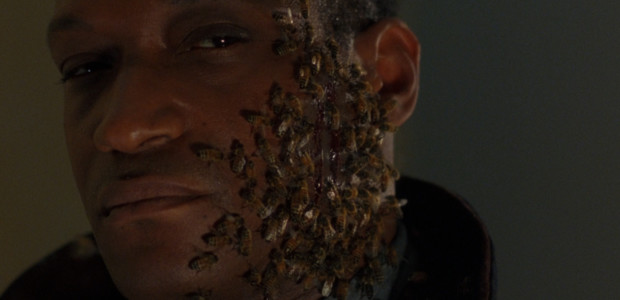
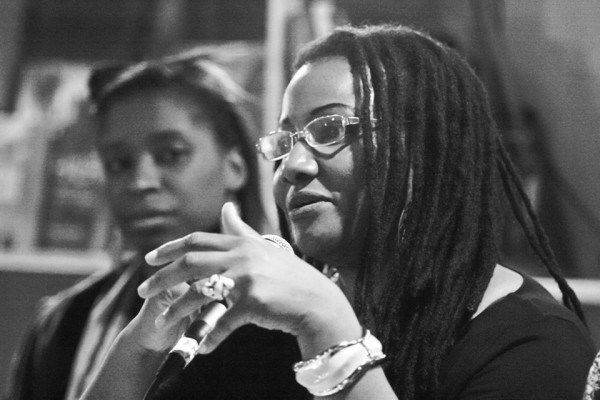
No Comments